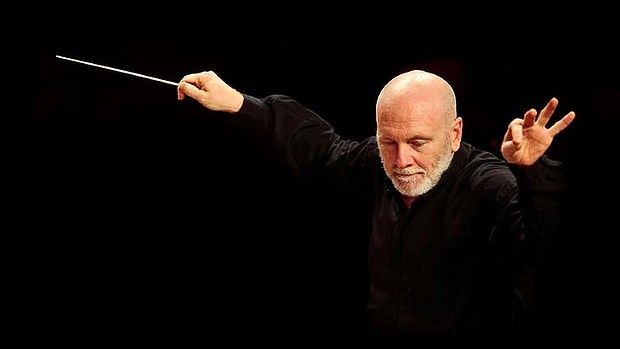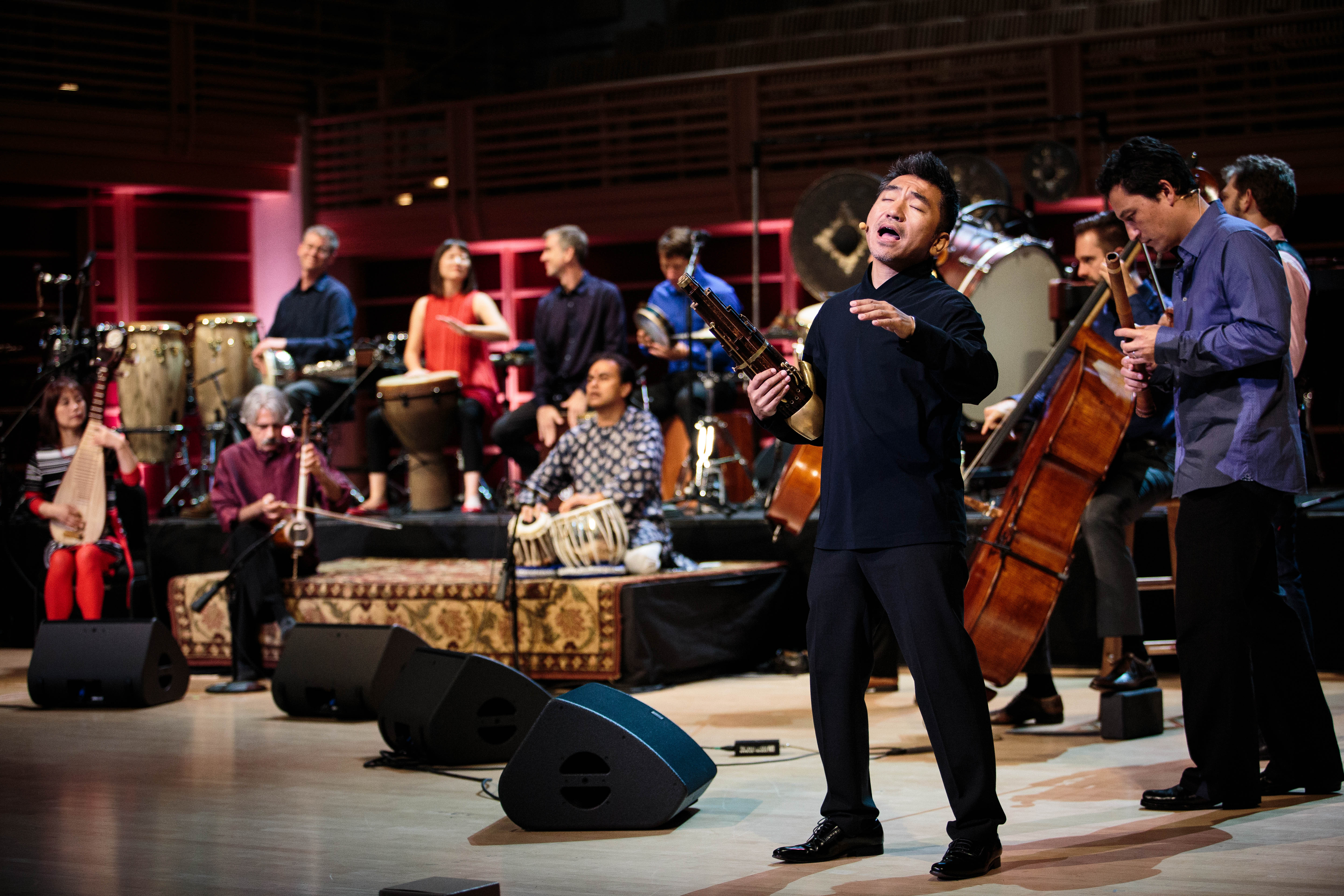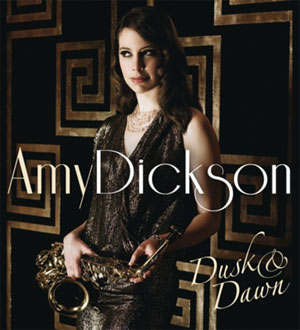Concert Review: The Magic Of Paul Dean/The Flinders Quartet

The Magic of Paul Dean
The Flinders Quartet
The Utzon Room, Sydney Opera House
October 29, 2014
The waves of Sydney harbour – at times serene, at times restless – provided the perfect backdrop to the themes of the Flinders Quartet’s presentation The Magic of Paul Dean in the Utzon Room of the Sydney Opera House last week.
The Melbourne ensemble comprising violinists Shane Chen and Helen Ayres, violist Helen Ireland and cellist Zoe Knighton opened their performance with Hugo Wolf’s Italian Serenade. Composed in 1887 as simply the Serenade in G major, Wolf gave the piece its nickname some years later. The piece has no direct inspiration by things Italian, except, as the programme notes point out “It seems to jump on a trend of the Northern European fascination with the warmer more relaxed climate of the South of Spain and Italy.” Wolf, a prolific and masterful composer of German lieder, (he wrote hundreds of songs, but only 7 chamber works) created this cameo for string quartet at a time when he was setting the verses of Goethe, Joseph von Eichendorff and Joseph Viktor von Scheffe to music. And so, the Italian Serenade with its vivid and melodic narrative is, in a sense, a song for string quartet.
It was a delightful apéritif delivered in style by the cohesive ensemble, enveloping the listeners in the poetic storyline unfolding over a puckish pizzicato.
Paul Dean as composer was in attendance to introduce his new work, Moments of Transformation, commissioned by the Flinders Quartet with support from Richard Gubbins and Peter Kingsbury. Dean dedicated this work “with love and humbleness” to Patricia and Philip Pollett in memory of their son Richard, a gifted violinist who was killed in a traffic accident in 2011. Introducing this, his first string quartet, Dean commented on the gift of being able to consult with the performers/commissioners for first hand advice whilst acutely aware of the ‘weight of history’ ever present in the composition of such a popular and established genre. Dean also writes “Moments of Transformation does not contain a program as such but represents a series of feelings and emotions expressed through music that I feel when thinking of him (Richard Pollett) and his amazing parents.” Important also to note when considering the structure of this work that Dean acknowledges Gubbins and Kingsbury’s “insistence that I write the piece that I wanted to and not to fit into an all to(o) regular and tokenistic scenario for Australian composers to write the 7-10 minute work.”
At first hearing, there were four distinct movements to Moments of Transformation which opened with the second violin and viola playing sotto voce and joined by the cello in descending chromatics before the first violin entered with its plaintive song. The second movement burst forth with a frenzied four figure scale in the lower two strings while the upper two strings held their dialogue above; the third movement had the lower three strings providing a syncopated scaffolding on which the first violin played its melody; harmonics and sul ponte tremolo creating an other-worldly feel. First violinist Shane Chen delivered a searing, virtuosic cadenza; and finally a fourth movement full of life, resolving in the optimism of a major key. Moments of Transformation is an eminently listenable work, restive and brimming with anguish, but equally uplifting. It was received warmly by the audience. This was only its fourth performance; time and exposure will judge its place in the canon of contemporary chamber music.
For the second half of the concert, Paul Dean as clarinettist joined the quartet for Brahms’ Clarinet Quintet in B minor, opus 115, one of his final chamber works, written along with other major works for the clarinet – the Clarinet Trio op.114 and the two Clarinet/Viola Sonatas op.120. As a late composition, the clarinet quintet is reputedly one of Brahms’ finest works, demonstrating the sophistication of his writing as well as the depth of his emotions as a mature man. The empathy amongst the five musicians was evident as they performed as one, etching the many moods of this romantic, rhapsodic four movement quintet, its subtle shades and rhythms yielding to the technical mastery of this ensemble.
Shamistha de Soysa for SoundsLikeSydney©






